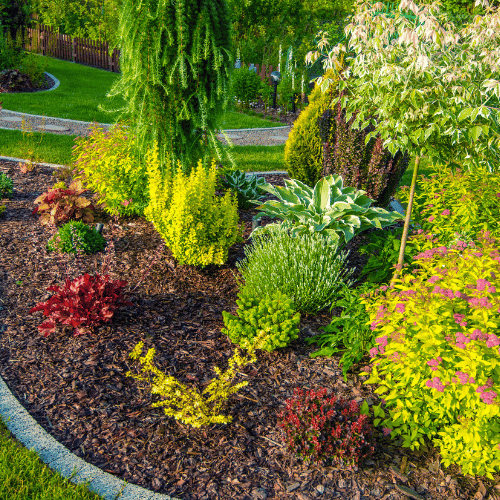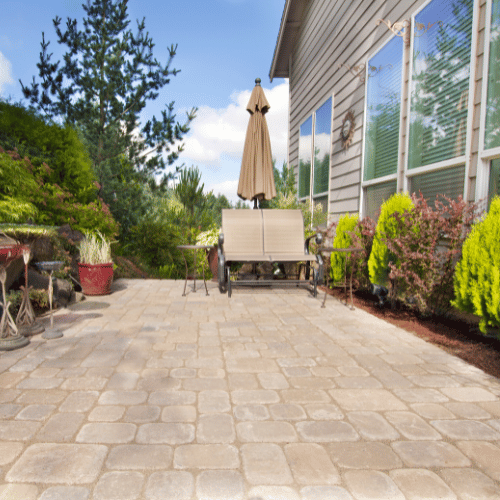- admin
- May 28, 2024
- No Comments
The Ultimate Guide to Gardening
Gardening more than just a hobby, it’s a fun and rewarding activity that has many benefits, such as making your home look better and giving you fresh food. Knowing the basics of gardening techniques, plant care, landscaping, and garden design is important for making a garden that grows well, no matter how experienced you are. It has all the information you need to grow a beautiful and healthy garden.
Importance of Gardening
Gardening offers various benefits, including:
- Improving mental health
- Providing physical exercise
- Promoting environmental sustainability
It also allows for creativity and personal expression through the design and maintenance of your garden space.
Overview of Key Gardening Elements:
Successful gardening involves several key elements:
- Proper gardening techniques
- Attentive plant care
- Thoughtful landscaping
- Effective garden design
Each of these components plays a vital role in creating and maintaining a beautiful garden.


Gardening Techniques
- Soil Preparation
Well-prepared soil is the base of any healthy garden. First, check the pH and nutrient levels of your soil. Adding compost or other organic matter to the soil will help it hold together better, grow plants, and drain better. Aerating the soil on a regular basis also makes sure that plants get enough water and oxygen. - Watering Techniques
Plants need the right amount of water to stay healthy. To keep water from evaporating too quickly, water your garden early in the morning or late at night. To get water directly to the roots, use drip irrigation systems or soaker hoses. This will cut down on water waste and keep the leaves from getting diseases. - Pruning and Weeding
Pruning keeps plants healthy by getting rid of dead or sick branches, promoting new growth, and making it easier for air to flow through the plant. Weeding regularly keeps weeds from taking away nutrients, water, and light from your garden plants. Mulching can also keep the soil moist and keep weeds from growing.
Plant Care
- Choosing the Right Plants
You should choose plants that will do well in your climate, soil, and garden. Think about things like the plant’s need for water, sunlight, and its hardiness zone. Native plants usually do better in different conditions and need less care. - Fertilization and Nutrition
To grow well, plants need a balanced amount of nutrients. To give plants the nutrients they need, use organic fertilizers like bone meal, compost, or manure. Don’t over-fertilize, which can hurt plants and the environment. Instead, use the right amounts and schedules for application. - Pest and Disease Management
Keep an eye on your garden often for signs of diseases and pests. Integrated pest management (IPM) strategies use biological, cultural, and mechanical controls to get rid of pests while using as few chemicals as possible. Help keep pests under control naturally by attracting good bugs like ladybugs and bees.


Landscaping Tips
- Planning Your Landscape
A well-thought-out landscape plan can make your garden look better and be more useful. First, look at the conditions of your site, such as the soil, the amount of sunlight, and the drainage. Make a sketch of how you want your garden to be set up, including paths, flower beds, and water features. - Creating Focal Points
Adding focal points to your garden will make it more interesting to look at. To make focal points, you can use things like statues, water fountains, or unusual plants. Place them in a way that guides people through your garden and draws attention to important parts. - Using Color and Texture
To make your garden more interesting and deep, use a range of colors and textures. To make a landscape that is interesting to look at, mix plants with leaves that are different sizes, shapes, and colors. Think about changes with the seasons to keep people interested all year.
Garden Design
- Designing for Functionality and Aesthetics
A well-designed garden strikes a balance between how it looks and how it works. Make areas where people can relax, have fun, and do gardening. Hardscaping features like patios, decks, and paths can help you define areas and give your yard structure. - Sustainable Garden Design
Use sustainable gardening methods to have less of an effect on the environment. Choose eco-friendly materials, use native plants, and find ways to save water. Garden waste that is composted or recycled also helps the environment. - Seasonal Considerations
Make plans for your garden so that it looks good all year. Pick plants that bloom at different times of the year, and add evergreens and plants that look good in the winter for year-round appeal. Get your garden ready for seasonal tasks like pruning, mulching, and protecting plants from frost.


Conclusion
Growing plants is a fun and rewarding activity that has many benefits. You can make a beautiful and productive outdoor space by learning basic gardening skills, giving your plants the care they need, and planning and designing your garden with care. Kick off your gardening journey today and enjoy the benefits of a well-kept garden that looks good.







